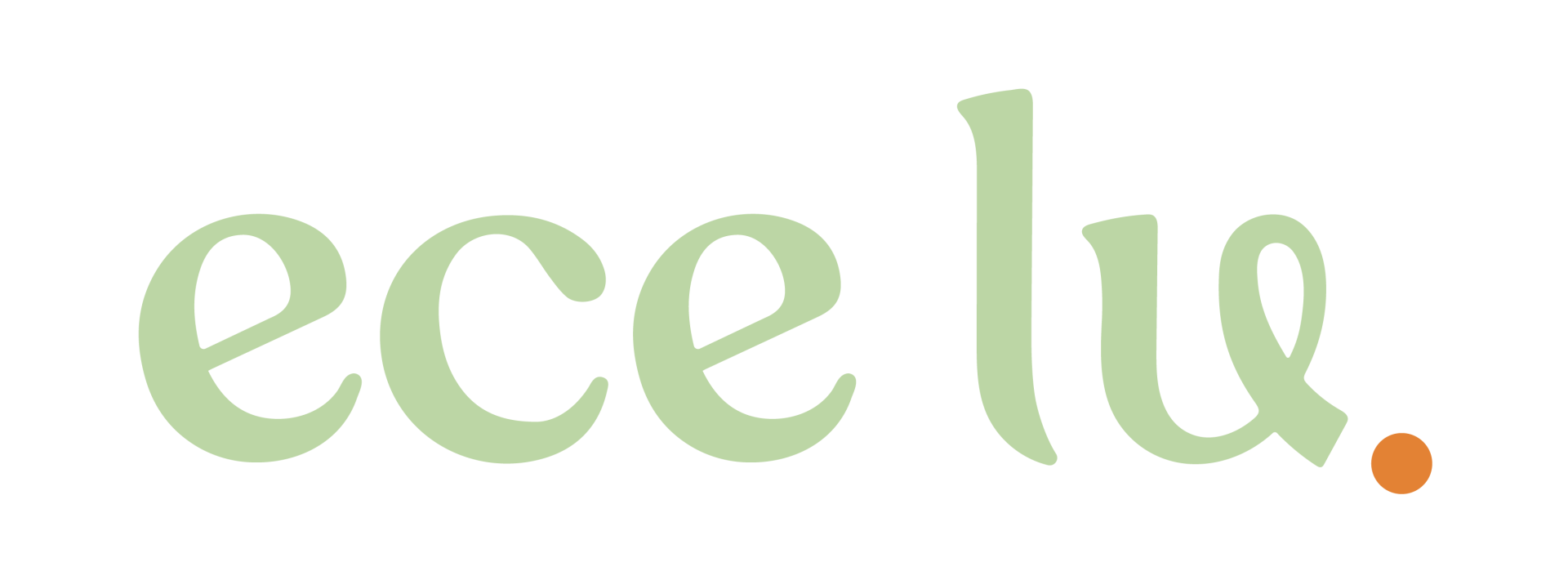
Over the few years that I have been teaching, I have come to develop a deep appreciation for this approach, and it has become a central part of who I am as an educator. During those earlier years, as I deepened my understanding and put this newfound knowledge into practice, it came as somewhat of an epiphany. These little people I saw in front of me were not blank canvases or empty vessels for us to fill with as much knowledge as possible. They were highly alert, unique, and curious beings with an innate desire to grow, learn and develop, and they had the right to be respected, just like you and me.
So what does the research say?
In recent years, advances in brain research and neuroscience have offered some incredible insights into the process of early learning and development, reinforcing everything that Magda and her team knew, all those years ago. We’ve learned that the human brain is born with up to 100 billion neurons and over time, these neurons connect through synapses, making hundreds of trillions of connections by the age of 3!
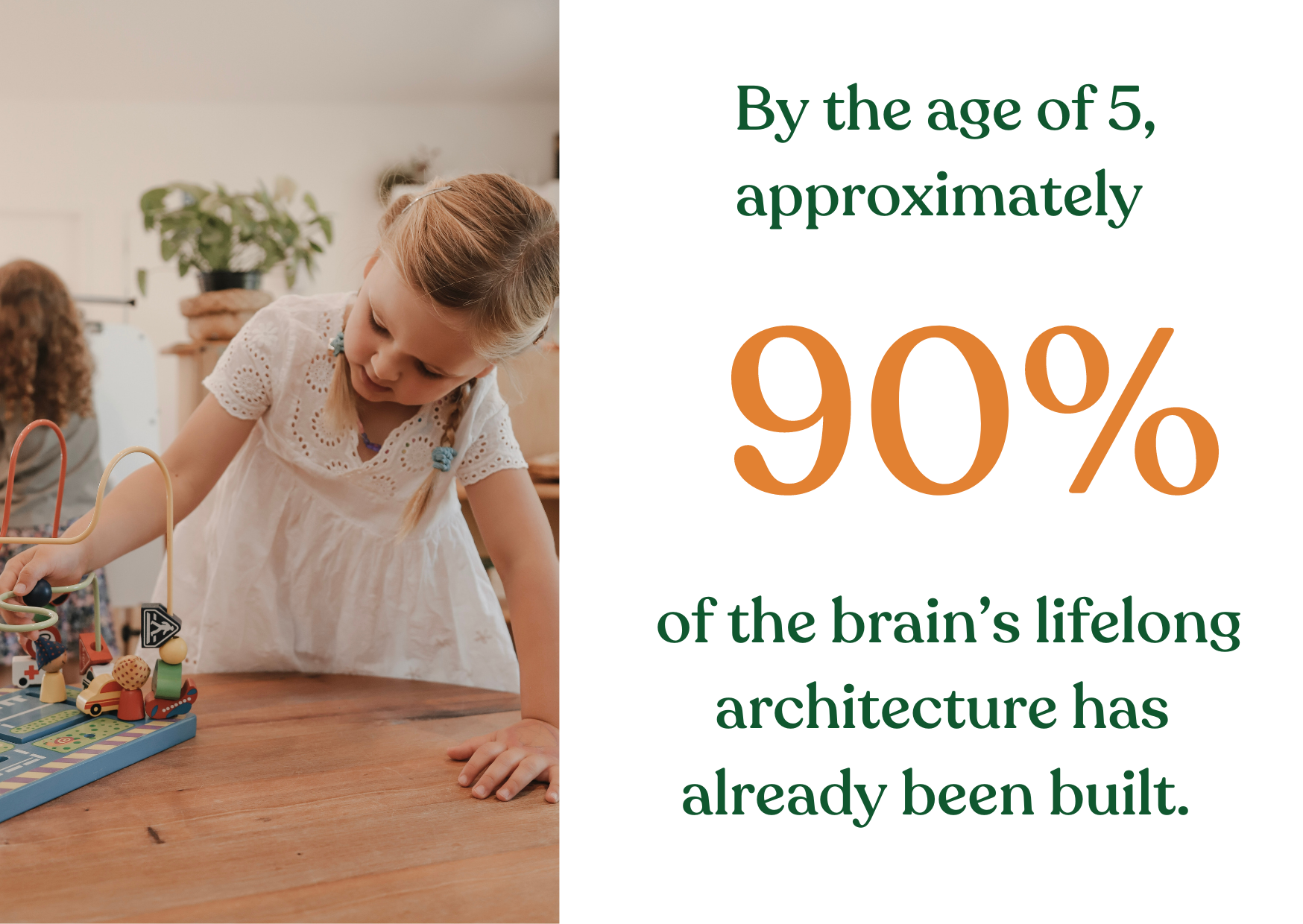
These neural pathways form as children experience and interact with the world around them and the people in it, determining everything that makes them who they are – their thoughts, habits, personality traits, dispositions, attitudes, and beliefs.
So, you see, from the moment they come into the world, children are working hard to make sense of their experiences. As early childhood educators, we have an incredibly important job as we guide these little people through the most formative years of their life!
So how do we do this?
We provide language rich environments
Talk to children throughout your time together about all matter of things, particularly those that directly involve them. The key word here is authentic! We use real words as we speak in our natural tone of voice. Slow it right down and give them time to respond as you look for their cues and acknowledge their responses.
This may feel a little unnatural or “one-sided” at first, particularly when caring for infants, but in time, you will start to notice responses, whether it be a prolonged gaze, a smile, a frown, a giggle, and eventually a word or two. Take delight in this ability to communicate back and forth! It is through this kind of verbal interaction that babies begin to develop a positive sense of self, not to mention the foundations for language and comprehension.
We invite participation
One of the most memorable things I remember learning early on in my RIE journey was the notion of treating children as active participants in their own care, as opposed to passive recipients. That is to say, we involve children in all things that concern them. Through taking part in these interactions, children learn that they have agency over their own bodies and that their input is respected and valued. This is particularly important during care routines such as nappy changing, bottles, mealtimes, and sleep times.
Think about how you would feel if you had to rely on someone else to help you fulfil your basic needs.
- Would you feel respected if this person were to rush you through these moments?
- Touch you without warning or ignore your preferences?
Probably not right?
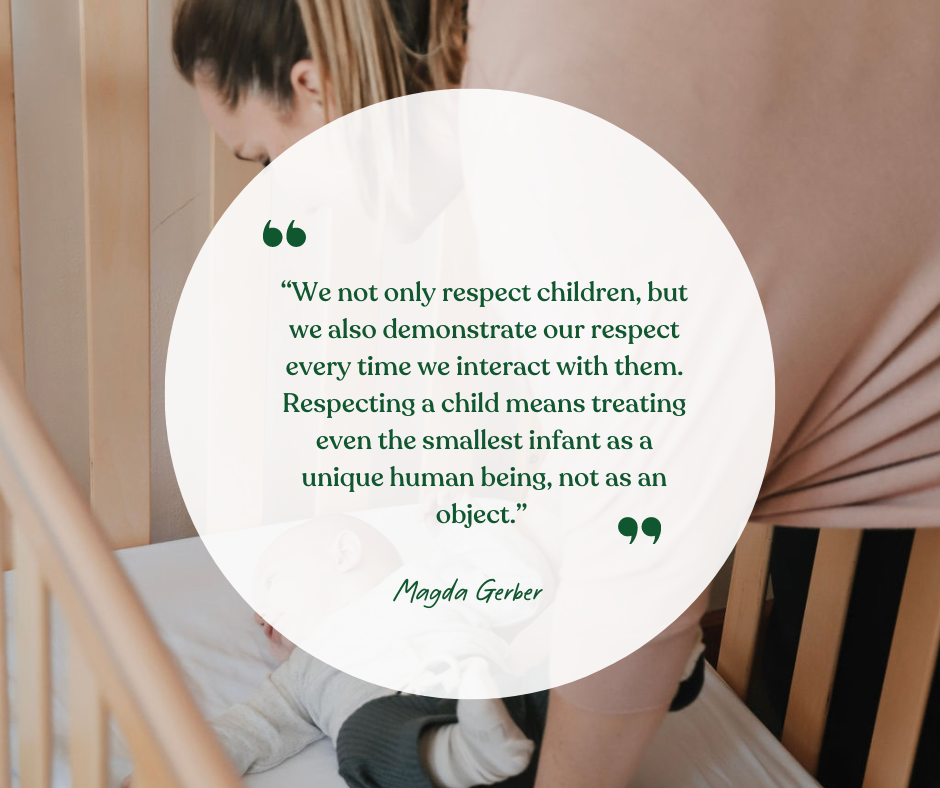
The key components of a respectful care routine
Choose your moment of intervention carefully - Wait for a natural pause in their play before getting down at the child’s level and gently inviting them into the care moment. e.g “It’s time to change your nappy now. Are you ready to come to the bathroom with me?”
Inform them of what’s about to happen before it happens – Explain what you’re about to do before you do it, and then pause. Give them some time to process what you have said and look for their cues and responses before continuing.
Be Prepared – Before you invite a child into a care moment, ensure you have everything you need at hand.
Choose your moment of intervention carefully - Wait for a natural pause in their play before getting down at the child’s level and gently inviting them into the care moment. e.g “It’s time to change your nappy now. Are you ready to come to the bathroom with me?”
Inform them of what’s about to happen before it happens – Explain what you’re about to do before you do it, and then pause. Give them some time to process what you have said and look for their cues and responses before continuing.
Slow Down – Slow your voice and your movements down and understand that there’s no rush. Remember, we use these moments as an opportunity for connection, so there’s no need to hurry through it.
Offer choices and invite co-operation – Find ways to include the child in this moment and allow them to do all that they can for themselves. Can you put your arm through here for me? Would you mind lifting your bottom up while I lay your fresh nappy down?
Be Present – Ensure that you are giving this child your full attention throughout this care moment. Utilise this time as a valuable opportunity for connection, ensuring that you remain present in head, heart and hands.
We practice empathy
Whether it be an infant crying for a bottle, or a toddler frustrated with a friend who took their favourite toy, there’s no doubt that children experience heightened emotions for a variety of reasons, just as any adult does. The words that we use as we support children through these big feelings matter. Sometimes, just the simple act of naming the emotion can be enough to take the sting out of the situation. As adults, I’m sure we can all remember a time when we felt highly emotional about something, and in those moments there’s nothing more reassuring than knowing someone else understands how we feel, that we have been understood.
It's important to recognise children’s feelings as valid, whatever the reason. We honour these emotions and hold space for them as we teach children that, while it doesn’t really feel good to be sad, angry, frustrated, or anxious, it's perfectly okay to feel this way. This requires a great deal of patience on our part, by letting go of our own reactiveness and responding from a place of empathy.

Let’s look at some examples of what this might sound like.
Do you see the difference?
We encourage self-directed play and intrinsic motivation
As adults, we often feel the need to control children’s learning with preconceived ideas about what they “should” be doing. And when things get tricky, we feel compelled to rush in and save them from whatever challenges they may be facing. But in doing so, we rob them of valuable learning opportunities. Our job is not to fill children’s time with activities or make their decisions for them. As respectful educators, we step back, and observe with curiosity, while allowing children the time and space that they need to explore the world on their own terms, at their own pace and according to their own interests. In time, children experience the satisfaction of self-mastery and develop a sense of confidence in themselves and their identity as learners.
It's important to note, that this ability to engage in free and self-directed play goes hand in hand with your relationship with the child and requires a level of mutual trust that can only be found in a secure attachment relationship. Babies and toddlers need to have a secure attachment relationship with at least one adult within their environment as they rely on consistent and predictable routines to feel safe and secure. Only then, will they feel comfortable enough to branch out and explore their environment, knowing that there will be someone there that they can return to who will meet their needs consistently. Essentially, children trust us to be nearby and available, while we trust them to be the curator of their own learning and have faith in the choices that they make.
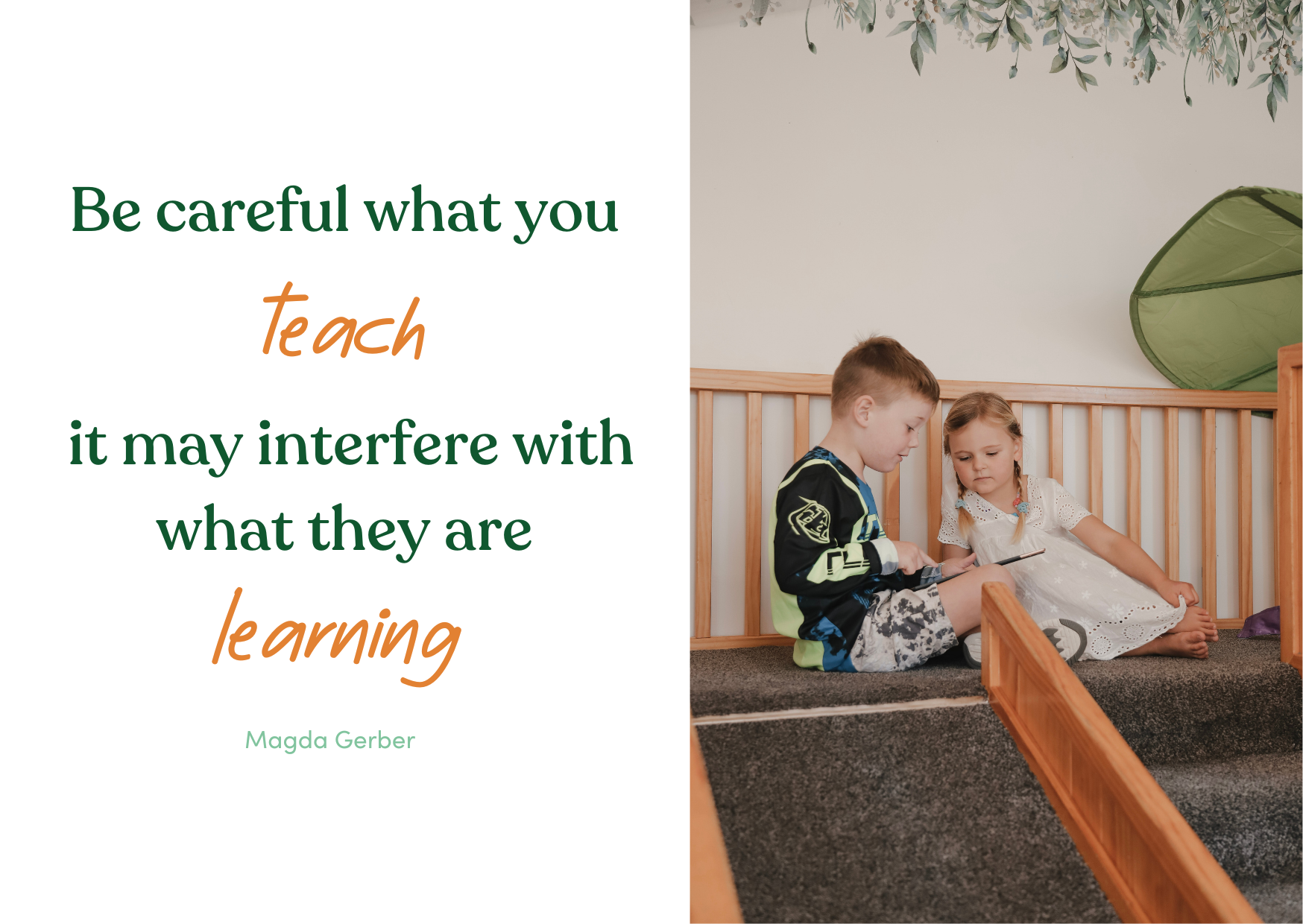
We lead from the heart
Every time you do something kind or generous, every time you practice patience or empathy, every time you are brave or resilient, every time you are uncomfortable or willing to be wrong, they are watching. So be intentional in the way that you carry yourself and embody the behaviour that you want to see.
It all starts with you.
Lastly, we recognise that children learn a great deal through observing the behaviour of others. As educators, we lead by a powerful example, part of a small circle of influence in the lives of these children. We understand that our every word and actions sends a message, whether we realise it or not. We can talk until the cows come home about using “kind words” or “gentle hands.” But the way that we show up for these children everyday and embody the values we are trying to teach, that’s the stuff that really sticks. Believe me when I say, they are watching!
Every time you do something kind or generous, every time you practice patience or empathy, every time you are brave or resilient, every time you are uncomfortable or willing to be wrong, they are watching. So be intentional in the way that you carry yourself and embody the behaviour that you want to see.
Through every interaction with us, children learn a little more about themselves, their worth and the place that they hold in the hearts of those around them. To be an educator is to touch a life forever and you play such an important role in the lives of these little people.
It all starts with you.
Never forget that.
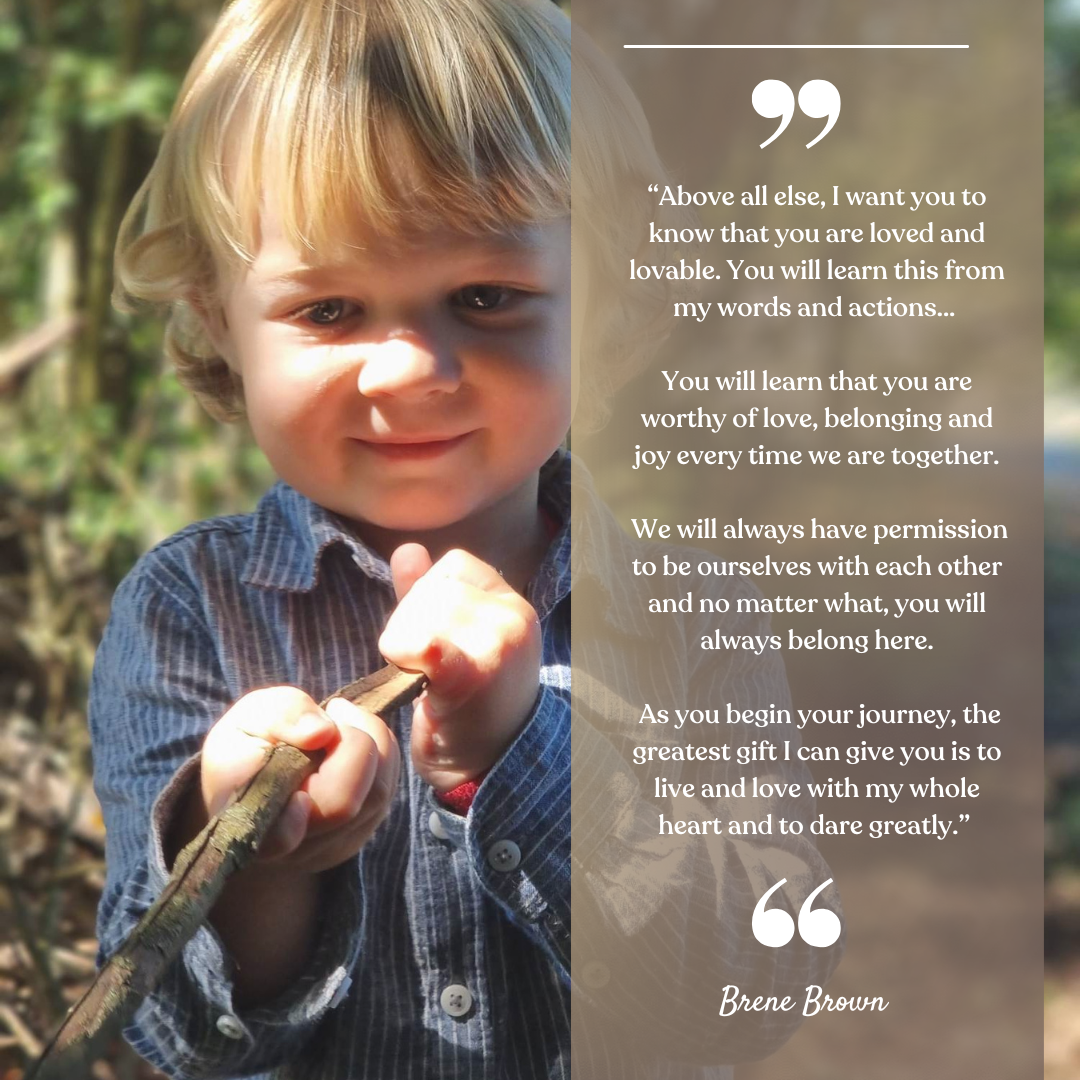

written by
Brittany Hallett
Early Childhood Educator, B.ed ECE Teaching
Brittany is an experienced early childhood teacher from Paeroa, New Zealand. She has a strong passion for RIE based practice and works with infants and toddlers in ECE.
